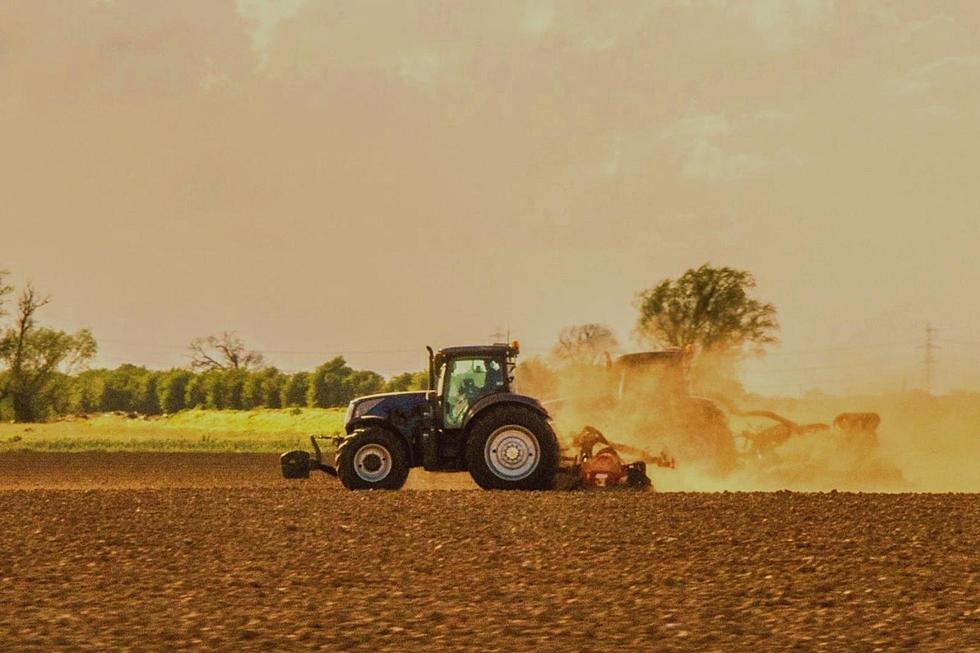
How Good Is Texas Red Dirt for Planting a Fall Garden?
This past weekend I took a trip across West Texas to be at a family wedding, and I saw a lot of red soil driving from Abilene to San Angelo and onto Christoval. The conversation with my wife came up when she asked, "Is Texas red dirt any good and can a fall garden be planted in it?"
As I continued driving into the Concho Valley, I replied, "Texas' red dirt is both good and bad and can grow just about anything, and it's actually packed with nutrients some plants thrive in."

Our Texas red dirt can actually grow a lot of plants better than the so-called "rich black soil" we buy in bags. Don't just take my word for it, check out the State's TxDOT and Soils of Texas website.
Why is Our Texas Soil Red?
Okay, so here's my explanation as to why our soil, clay, and dirt is reddish-orange throughout most of Texas. Red clay gets its color from an overabundance (and that is an understatement) of 'iron oxide' within the soil. Red clay (or "red dirt" as we Texans so fondly call it) is created through the breakdown of rocks in its own underlayer of the soil.
The breakdown comes from 1) Mother Nature's pressure and soil shifting and 2) man-made decomposition by our poor agricultural choices. That said, the most amazing part is that there are a lot of nutrients in our red clay/dirt.
Besides iron oxide, our soil also has magnesium, nitrogen, calcium, and potassium in it. While it might seem like red soil cannot hold water, nothing could be further from the truth. Red clay has some of the most incredible water-retention properties and holds onto nutrients like iron and nitrogen for longer periods of time.
Check out the videos below to learn a little bit more about our Texas red soil and about why God made Texas farmers. Enjoy!
SOURCE: TxDOT Soil and Bedrock & Texas Almanac "Soils of Texas"

